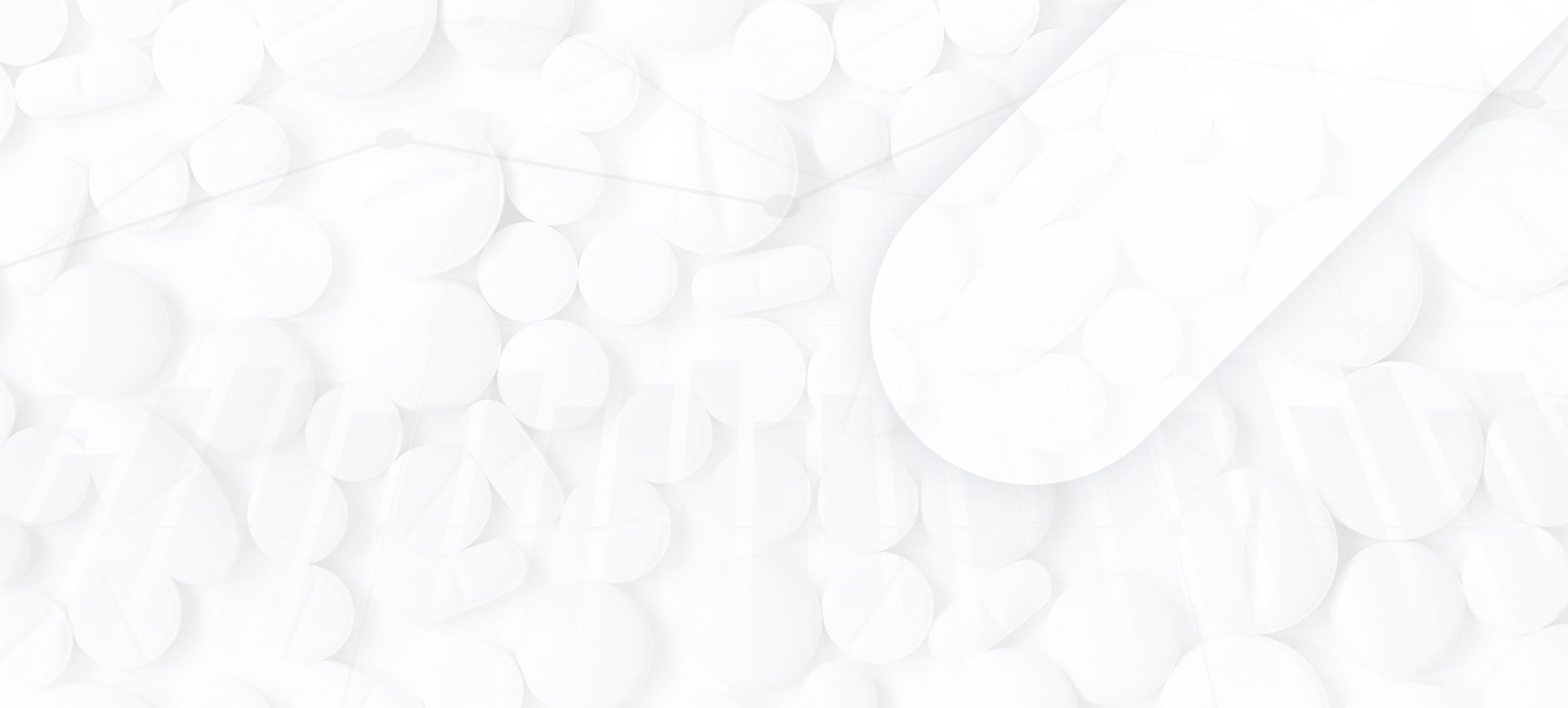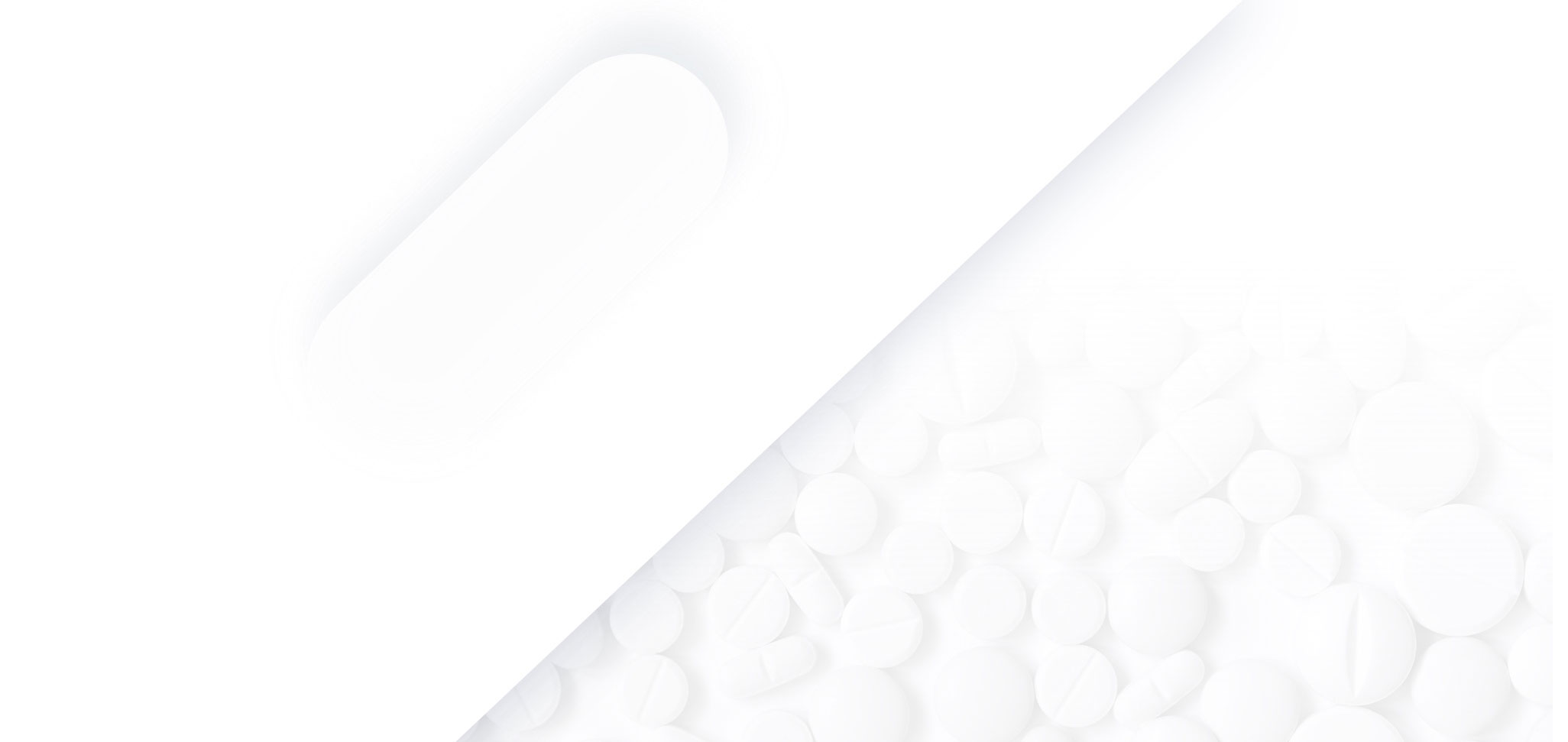Because every DRP is one too many

Legacy systems attempting to handle DRPs have been around for over 20 years.
But in reality, these systems only exacerbate and perpetuate the problem, as more than 98% of critical DRPs are ignored or overlooked by clinicians.

Why?
Because legacy systems generate:
- Very low Positive Predictive Value (PPV)
Legacy systems generate ‘generic’ outputs, based on the general population, not even considering well-based research. They cannot differentiate between patients that are actually at risk for developing adverse effects, and those who are not. This causes legacy systems to:
A. Generate many non-relevant interruptive alerts, referred to as ‘false positives’
B. Create an intolerable alert-load, causing ‘alert fatigue’ - Low Negative Predictive Value (NPV)
Legacy systems don’t incorporate significant parameters that bear substantial impact on DRPs, such as genetic profile, laboratory results, ECG recordings, mechanism-based inference, and many others. This translates into low NPVs, meaning that legacy systems often don’t provide an alert when they should be alerting.
- Textual messaging
Legacy system outputs are presented in cumbersome textual messages, forcing clinicians to spend excess time trying to understand the alerts, or simply ignoring and overriding
them completely.
The accumulation of the above result in extremely low adoption and usage, which in turn, leads to the exposure of patients to unnecessary problems and complications.
Let's talk
A new concept in patient care
It’s our professional understanding and perception that Seegnal tackles extremely well all the weaknesses of current-available Drug interaction solutions, in a unique and exclusive manner and unlike any other solution that we are aware of.
John Horn, PharmD
Philip Hansten, PharmD
H&H Publications

Seegnal is a smart clinical decision support platform that is patient-specific, comprehensive, accurate (about 98% PPV and NPV), and easy to use.
- Seegnal delivers groundbreaking accuracy of about 98%
- Seegnal harnesses and analyzes the widest scope of DRP data possible, delivering an exclusive additional 50% of data
- Seegnal improves patient care and safety, substantially reducing clinician burnout while considerably decreasing healthcare expenditures
- Seegnal is also remarkably intuitive and easy to use, requiring only 5-10 seconds for detection, prioritization, and DRP resolution
- Seegnal reduces alert-fatigue, only generating 6% alert-load vs. in-use solutions
